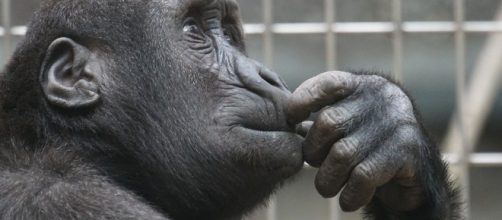Paleontologists have discovered a jawbone of an Ancient primate that is partly related to lemurs, it is also considered to be related to apes and monkeys. The discovery was covered in the Journal of Human Evolution titled ''New sivaladapid primate from Lower Siwalik deposits surrounding Ramnagar (Jammu and Kashmir State) India''
A new species
The research was led by an associate professor of clinical cell and neurobiology at the Keck School of Medicine of USC called Biren Patel, he has been searching for fossils in Kashmir in India for several years and finally he found an interesting fossilized jaw of an ancient primate that changes our perspective of the evolutionary history of primates.
Researchers have been searching in the same area for so long but with no success.
The newly discovered animal now has the name Ramadapis sahnii and according to their analysis, Ramadapis sahnii lived about 11 to 14 million years ago. The jawbone is so small, about an inch and half or less, which indicates that the primate weighed about 11 pounds. ''It is a member of the ancient Sivaladapidae primate family, consumed leaves and was about the size of a house cat,'' said Patel.
Survival mystery
An interesting question arises through the discovery; according to the fossil record, similar species that had similar weights and sizes were not able to survive at the same time when this animal was able to survive.
The scientists suggest that this specific region had special conditions that were suitable for the animal to survive but the question remains about what exactly was special about this specific region. New discoveries should be made in order for us to understand exactly why this animal survived while other similar animals in other regions were going extinct.
The significant part about the discovery is that the last fossil that was found in the same region was found about 38 years earlier, so this not just makes it new species but also a rare discovery.
So far this is an important discovery that enables scientists to understand the evolutionary history of primates better than before.

